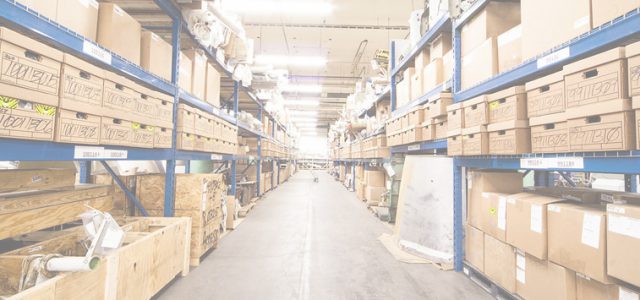Warehouse errors can be easily fixed, but it will take some effort to fix the solutions. Common warehouse errors can ultimately add extra costs, impair workflow and cause other interruptions to prevent your process from operating at optimal levels. If your warehouse is free from these issues, however, it is good to note and remain vigilant anyway. Things can slip sometimes, particularly in busy times.
The following inventory errors are quite common, but you can implement solutions with some time, effort and money that can correct them and boost your business.
1) Holding excess inventory
Too many inventories in warehouses are common errors that still many practice. Even businesses with years of warehouse-based experience, especially wholesalers, often suffer from this. They buy a big commodity for large volume orders to take advantage of discounts.
By minimizing your inventory levels, your stock will receive less money. Instead, you can use the money to support other business operations, recruit more people or purchase materials.
2) Cycle count and inventory Skipping
Often warehouse staff ignores physical inventories or regular cycle count because they think it waste time and is unnecessary. Regular cycle counts should not necessarily be made to match balance, but cycle counting should instead be treated as a safeguard for quality management.
Whenever an error is found, the team will examine how the inaccuracy occurred rather than simply correcting the figure. Finding and addressing operational holes will not only increase the occasional difference, but improve the accuracy of inventory in all products.
3) Weak picking optimization
One very common error in our field is that the order picking paths within the warehouse has been weakly designed. The picking is one of the areas of warehouse operations, which can easily disrupt an inventory control system, as the daily tasks and decisions often hurry to serve the client properly.
While finding a way to ensure an obvious and smooth path isn’t always easy, spending time thinking of how to change the picking path often results in a better operating flow.
4) Continuing with old workflow
Most warehousing companies needs to save on costs and it’s better to stick to old habits that you might slip far behind your competitors when they still fill out papers to track inventories. This can cause delays resulting in slow growth and development of your business. When converting to digital storage and forwarding, all your documents can be saved online and also improve efficiency. You can save money on consumables and help the environment by removing the paper-based processes.
5) Shipment of incorrect orders
Instead of being inattentive while running out of the warehouse to send an order, test double and triple if the delivery is right. Returning shipments to the warehouse and resending them will take a long time, and the business will cost a lot of money. Make sure the order is first executed correctly.
6) Rejecting the growth of personnel
Staff in warehouses is an important asset that cannot be ignored. Taking time for increased motivation and commitment, outstanding results can be seen as turnover rates are falling and personnel are working harder. To ensure that workers have support and benefits may have certain costs, but these costs are much smaller than those required to fill a vacancy.
7) Lack of housekeeping
Housekeeping steps such as the clean-up of a messy loading dock are ways that not only minimize employees ‘ risk (thus saving time, cash and injury), but also increase efficiency as individuals move about their warehouses more freely and easily. A simple suggestion is to typically schedule the cleaning time at the beginning or the end of each move.
8) No safety precautions
Warehouses are working environments which are inherently unsafe. To improve efficiency or make work easier for workers using unsafe practices, priority must be given and safety implications must be assessed to ensure costly accidents are avoided. Through introducing automated systems and facilities, the employees will take on less demanding physical work and increase productivity.
9) Inefficient layout in warehouse
A critical success in warehouse management is an effective use of space. Lack of storage space and inefficient use of available storage are common issues in poorly laid warehouses. The complementary solution is to provide for the most accessible point to the best-selling inventory. It doesn’t mean how much space you have, and how much space you have to optimize to prevent unnecessary labor. Hold the product closer to the front of the facility fast moving and quick selling. Because lift truck drivers do not continuously hit the farthest reaches.
10) Unplanned for the future
A Business that doesn’t plan for the future will fail. There’s absolutely no way around it. If your business is not growing and evolving it will eventually go out of business. Growth rates will vary from industry to industry, but the future growth plans must be given considerable thought.
When financially evaluating your plan, consider the following: Taxes, value of money, the total cost of operation.
If a qualitative analysis is done consider: Personnel Safety, how you prepare for change, how easy it is to handle the new plan? & Inventory damage possibility.
Now you know some of the most common problems in the warehouse. Identifying and correcting these common problems in warehouse efficiency will make your operation a great improve.








